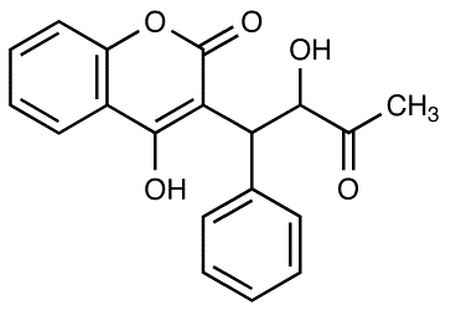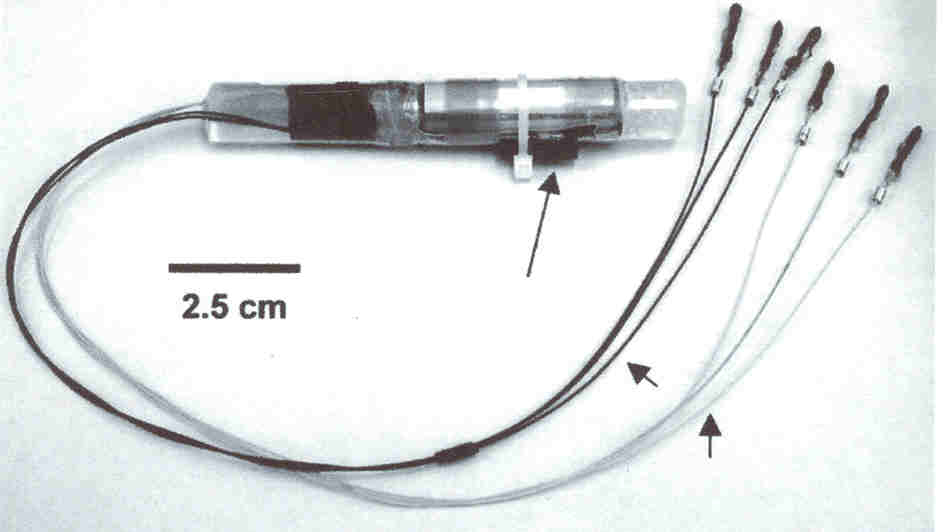 |
| Robert Lipsky, Ph. D |
On October 18th, 2012 at George Mason University, my NEUR410 class attended a presentation lecture conducted by Robert H. Lipsky Ph. D, the Director of Translational Research in the Department of Neurosciences from Inova Fairfax Hospital. He discussed various topics relating to his translational research including warfarin (coumadin), clinical depression, and spinal cord injuries.
What is translational research? Dr. Lipsky defined it as taking findings in basic research and rapidly moving them to medical applications to produce meaningful health outcomes, "bench to bedside."
 |
| Translational Research diagram |
 |
| Warfarin chemical structure |
 |
| VKORC1, CYP2C9, and warfarin interaction |
Major Depressive Disorder (MDD), commonly known as clinical
depression is one of the greatest problems and killers throughout history. It
affects approximately 18.8 million American adults and the rate of clinically
depressed children is increasing drastically. During a twin study, Dr. Lipsky
stated 40-50 percent of MDD are gained through heredity. Other potential
environmental risk factors include chilhood abuse and stressful life events,
such as alcohol. Further studies on the occurrence of neuropsychiatric
disorders in monozygotic and dizygotic twins showed the following being having
the highest to lowest genetic impact on MDD: Huntington's disease,
schizophrenia, alcoholism, social phobia, panic disorder, anxiety disorder, and
neurotism.
 |
"I am now the most miserable man living...
I must die
or be better." -Abraham Lincoln,
suffered life-long depression.
|
As treatment for these conditions, Citlopram, an
antidepressant from the selective serotonin reuptake inhibitor (SSRI) class,
was administered. When that did not work, what happens then? Dr. Lipsky
discussed the Sequenced Treatment Alternatives to Relieve Depression (STAR*D)Project, which tested individuals' serotonin transporter, specifically HTTLPR.
The results concluded showed nothing that predicted a cure or response.
However, it did suggest that individuals who were "poor responders" and
expressed low serotonin transporter levels had S and Long G alleles.
 |
| Oscillating Field Stimulation (OFS) Device |
Dr. Lipsky also discussed the importance of researching new treatments for spinal cord injuries (SCI). SCI affects 250,000 Americans, 52 percent of which are considered paraplegic and 47 percent quadriplegic. 11,000 new injuries occur each year and 56 percent of it affects the ages between 16 and 30. The few treatments for SCI today include medications, immobilization techniques, and surgery. Because little progress have been made treating SCI, Dr. Lipsky has requested a grant to continue research on Oscillating Field Stimulation (OFS) Device.
 |
| Oscillating Field Stimulation (OFS) Device |
Translational research facilitates the process of basic science findings to practical application that ultimately enhance human health and well-being. The topics discussed above were just a few examples of this type of research. It is the driving force that translates laboratory findings to meaningful health outcomes. Dr. Lipsky's presentation on his research demonstrated the pros and cons of translational research. The major roadblock he and others face is, of course, money. His research on warfarin got us one step closer to understanding how the drug impacts different individuals depending on their genotypes. The new acquired knowledge of being able to identify some people who are more susceptible to serious side effects that others is a great accomplishment. The same goes for his findings regarding MDD and the S and Long G alleles. The most interesting part of his presentation, to me, was OFS and it's ability to alleviate acute SCI so effectively. I would like to see Dr. Lipsky succeed to receive a grant that will permit him to continue research in this field because it will be greatly beneficial to the millions suffering from SCI with no current effective treatment. It is because of the efforts of Dr. Lipsky and other scientists that transitional research will discover new scientific breakthroughs in the laboratory and apply it in the practical setting that will ultimately drive the human race forward.
References (images)
http://neuroscience.gmu.edu/system/person_images/1452/cropped/Robert-Lipsky.jpg?1305916700
http://www.umcutrecht.nl/NR/rdonlyres/EB1B29D9-F623-4245-B262-D79B7904D980/4902/transaltional3.jpg
http://www.medicalisotopes.com/structures/11072.png
http://upload.wikimedia.org/wikipedia/commons/f/fe/Abraham_Lincoln_seated,_Feb_9,_1864.jpg
http://www.healingtherapies.info/OFS.jpg
http://www.sci-info-pages.com/facts.html



